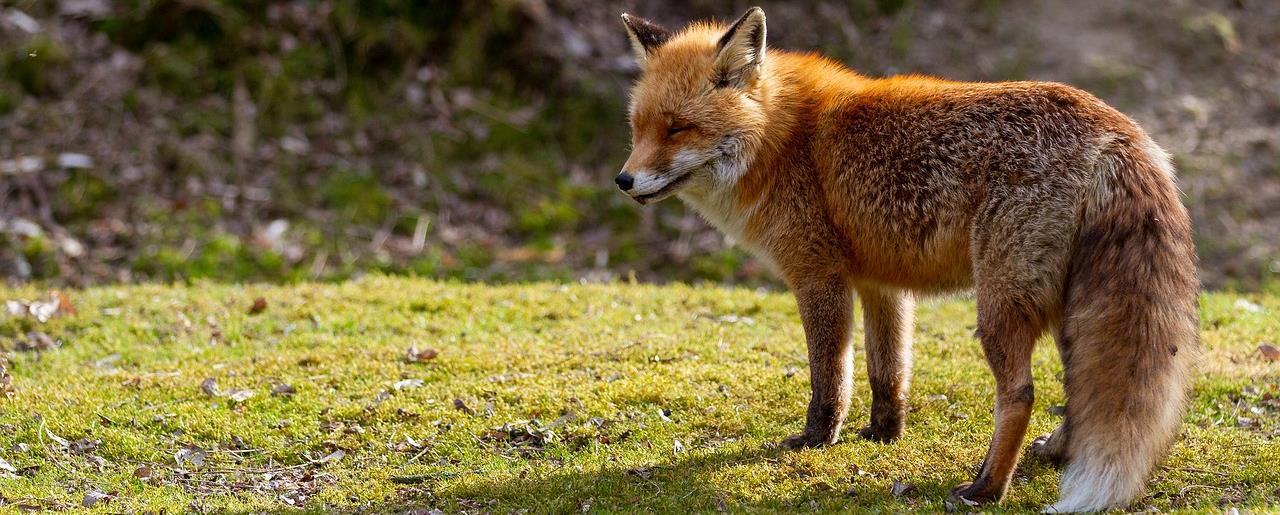How To Get Rid Of Fox In Nassau County, New York
Fox Repellents - There are no repellents on the market that effectively get rid of fox.
Shooting Fox - This is probably not a good option. New York State Environmental Conservation Law (ENV § 11-0931) states that a firearm can not be discharged within five hundred feet of a school, playground, or an occupied factory, or church. The law further states that a firearm cannot be discharged within five hundred feet of a dwelling, farm building or structure in occupation or use unless you own it, lease it, are an immediate family member, an employee, or have the owner’s consent.
Fox Trapping - Is a very effective method of fox control, which requires a great deal of skill and expertise. Fox trapping is a very important wildlife management tool and is a key component of fox damage control in Nassau County, Long Island. There are numerous types of humane fox traps and fox baits that can be used to catch a red fox. Knowing what type of humane fox trap to use and what bait to use for fox removal in Nassau County, Long Island is determined by what time of the year it is. The fox removal trapping techniques that our Nassau County fox removal trappers use, is also determined by the situation and where the fox’s den is located. Nassau County Animal Removal wildlife trappers know what humane fox trap and fox bait to use in every situation.
Fox Exclusion - Red fox can be excluded from poultry using wire fencing having openings less than three inches.The fence needs to be buried at least two feet below the ground, to prevent foxes from digging underneath it. Foxes are also excellent jumpers and climbers, so fences need to be at least six feet high. An outward-facing overhang can also prevent fox from scaling the fence.These overhangs can be floppy or rigid and incorporate electric fencing as an added deterrent. Steel fence posts are more difficult than timber posts for fox to climb.






